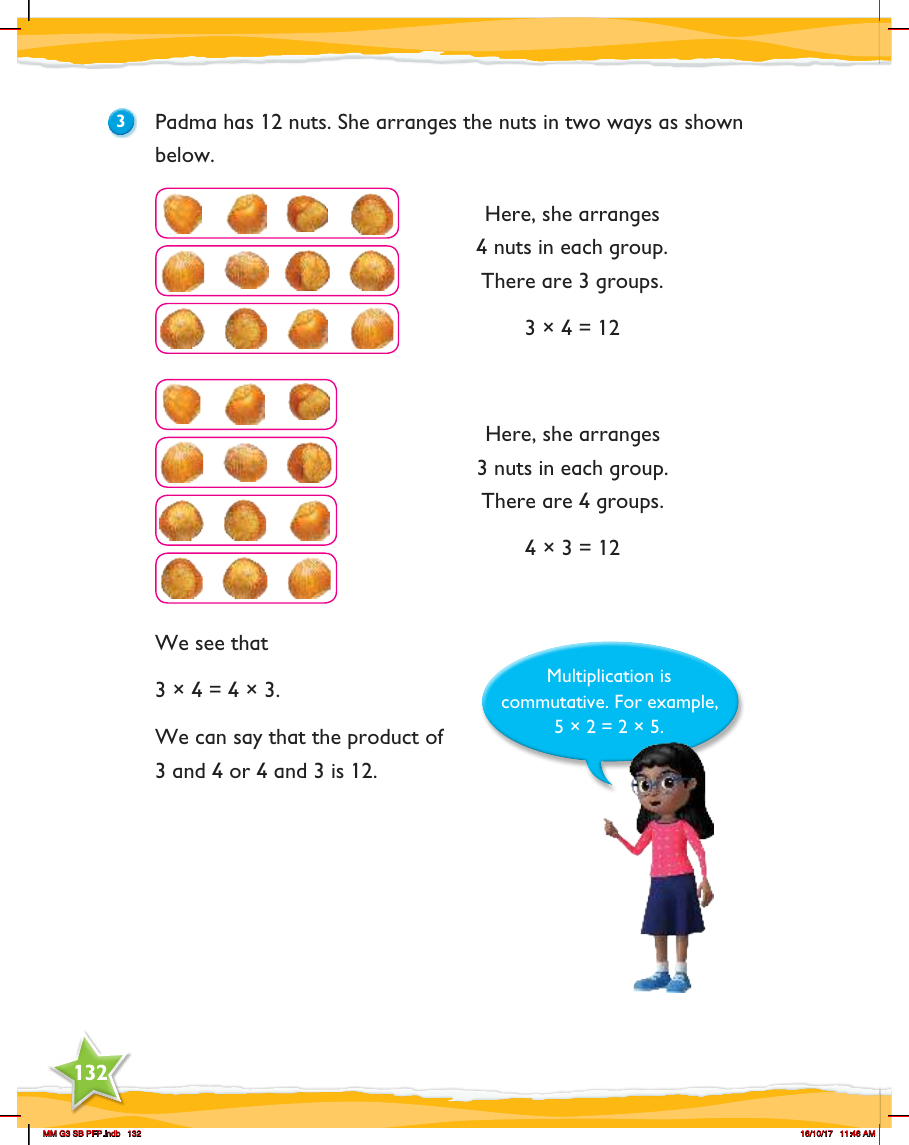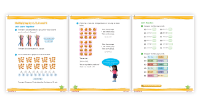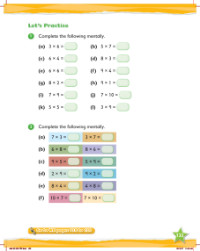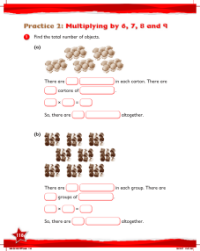Max Maths, Year 3, Learn together, Multiplying by 6, 7, 8 and 9 (2)

In a Year 3 mathematics lesson from Max Maths, children are learning about the concept of multiplication and its commutative property using practical examples. Padma has 12 nuts and demonstrates two different ways of grouping them to help understand multiplication. In the first method, she creates 3 groups with 4 nuts in each, leading to the equation 3 × 4 = 12. In the second method, she switches the arrangement to have 4 groups with 3 nuts in each, resulting in the equation 4 × 3 = 12. Through this exercise, students can observe that regardless of the order in which the numbers are multiplied, the product remains the same, which is 12 in this case. This illustrates the commutative property of multiplication, where changing the order of the numbers being multiplied does not affect the result, as seen in another example: 5 × 2 = 2 × 5.
The lesson encourages students to understand that multiplication can be flexible and that there is more than one way to group items to achieve the same product. This understanding is crucial as they learn to multiply by larger numbers such as 6, 7, 8, and 9. Recognising that multiplication is commutative helps to build a solid foundation for further mathematical concepts and promotes a deeper comprehension of how numbers interact with each other. By arranging objects into different groupings and seeing the same product, students gain confidence in their multiplication skills and are better prepared for more complex problems.



